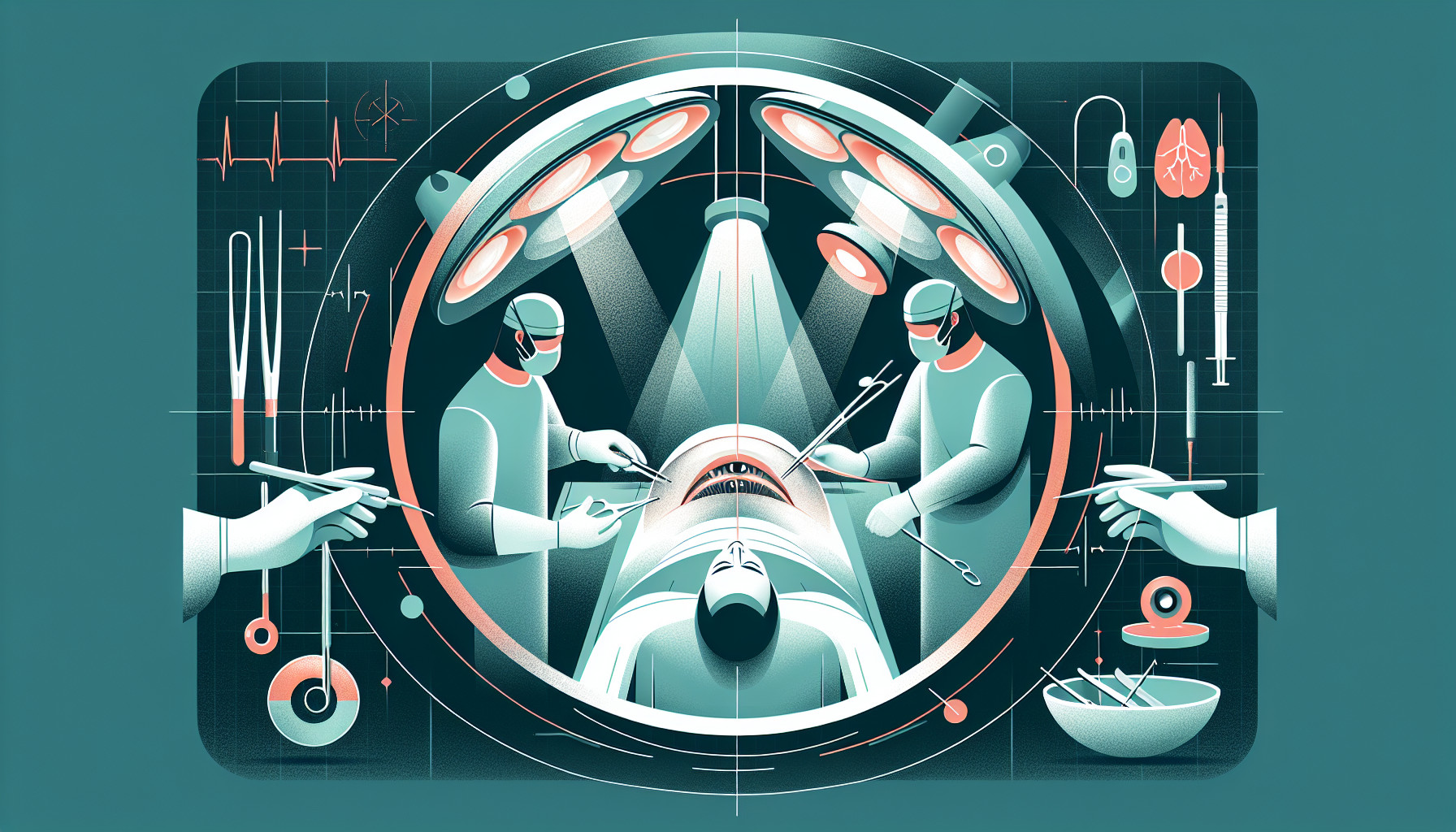Our Summary
Cataract surgery requires the patient’s pupil to be as wide and steady as possible for a successful outcome. If the pupil constricts unexpectedly during surgery, it could lead to complications. This is particularly a problem in children. There are medications available that can help prevent this from happening. The review discusses the quick and easy options available to cataract surgeons when faced with this issue. As cataract surgery techniques continue to improve and get quicker, having a sufficiently dilated pupil is of utmost importance.
Different types of drugs are used to achieve this dilation of the pupil. However, even with good pre-surgery dilation, the pupil can sometimes behave unpredictably during surgery, constricting and limiting the area of the eye the surgeon can work on. This increases the risk of complications. For instance, a decrease of 1 millimeter in the pupil’s diameter can reduce the surgical field by over 10 square millimeters. Performing surgery with a small pupil can be challenging, even for experienced surgeons, and can lead to complications.
Removing the cataract and other eye matter becomes more difficult, as does implanting the artificial lens. Cases with certain eye conditions are more challenging and risky with a small pupil. Therefore, it’s essential to achieve and maintain a wide pupil throughout the surgery. This review highlights the risk factors for having a small pupil during surgery and the current strategies for managing this issue.
FAQs
- Why is it important for the pupil to be wide and steady during cataract surgery?
- What are the risks associated with a small pupil during cataract surgery?
- How are the issues of pupil constriction managed during cataract surgery?
Doctor’s Tip
One helpful tip a doctor might give a patient about cataract surgery is to follow pre-surgery instructions carefully, including using any prescribed medications to help dilate the pupil. This will help ensure a successful surgery outcome and reduce the risk of complications. Additionally, it’s important to communicate any concerns or changes in vision to your doctor before the surgery to address any potential issues that may arise.
Suitable For
Patients who are typically recommended for cataract surgery include those with:
- Vision problems that significantly impact their daily activities
- Cloudy or blurry vision
- Difficulty seeing at night or in low light conditions
- Colors appearing faded or yellowed
- Glare or halos around lights
- Double vision in one eye
- Frequent changes in eyeglass or contact lens prescription
Additionally, patients with certain medical conditions such as diabetes, high blood pressure, or previous eye injuries may also be recommended for cataract surgery. It is important for patients to undergo a comprehensive eye examination by an ophthalmologist to determine if cataract surgery is the best option for improving their vision and quality of life.
Timeline
Before cataract surgery:
- Patient undergoes a comprehensive eye exam to determine the severity of the cataract and the overall health of the eye.
- Patient meets with the surgeon to discuss the procedure, potential risks, and expected outcomes.
- Patient may need to stop taking certain medications that could increase the risk of complications during surgery.
- Patient may need to undergo additional tests or imaging to ensure the eye is ready for surgery.
After cataract surgery:
- Patient is monitored for any immediate post-operative complications, such as infection or increased eye pressure.
- Patient may need to wear an eye patch or protective shield for a few days following surgery.
- Patient will need to use prescription eye drops to prevent infection and promote healing.
- Patient may experience temporary blurriness or discomfort in the days following surgery.
- Patient will have follow-up appointments with the surgeon to monitor the healing process and adjust any medications as needed.
- Patient will gradually notice improvements in their vision as the eye heals and adjusts to the new artificial lens.
Overall, cataract surgery is a relatively quick and safe procedure that can greatly improve a patient’s vision and quality of life. With proper pre-operative preparation and post-operative care, most patients experience a successful outcome with minimal complications.
What to Ask Your Doctor
What type of cataract surgery will be performed (traditional or laser-assisted) and why?
What are the potential risks and complications associated with cataract surgery?
How long is the recovery process expected to be, and what can I do to aid in a smooth recovery?
Will I need to wear glasses or contact lenses after the surgery, and if so, how soon after the procedure can I get new prescription eyewear?
Are there any pre-existing conditions or medications that could affect the success of the surgery?
How experienced is the surgeon performing the procedure, and what is their success rate with similar cases?
Will I need to undergo any additional tests or evaluations before the surgery to ensure optimal results?
What type of artificial lens will be implanted during the surgery, and how will it affect my vision long-term?
How soon after the surgery can I resume normal activities, such as driving or exercising?
What are the alternatives to cataract surgery, and why is surgery the recommended treatment in my case?
Reference
Authors: Kaur S, Kumari K, Gupta PC, Sukhija J. Journal: Indian J Ophthalmol. 2023 Jul;71(7):2656-2661. doi: 10.4103/IJO.IJO_3384_22. PMID: 37417103
